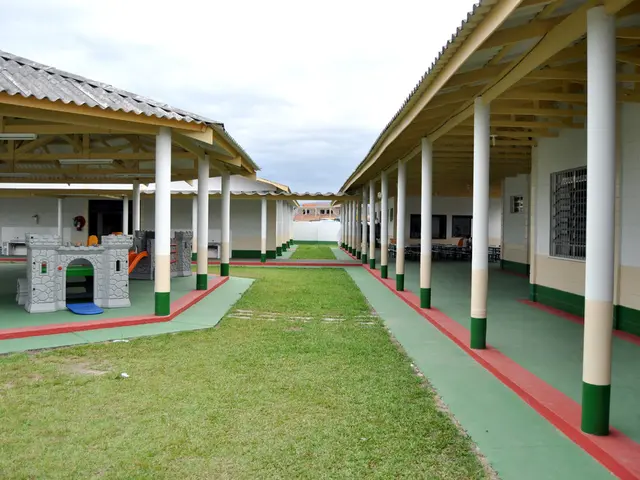Choosing Your Next Design Skill: Guidance for Progression in Your Design Profession
In the ever-evolving world of design, the importance of continuous learning cannot be overstated. Here, we explore the key factors to consider when deciding what to learn to advance your career in design.
Firstly, it's crucial to view learning in the context of one's career. Whether you're aiming for promotion within your current role or seeking to break into a new field, understanding the connection between learning and career progression is essential.
Motivation for learning can change over time. Perhaps you're driven by the desire for a promotion, or maybe you're passionate about a particular design niche. Regardless of the reason, the time and effort you put into learning can significantly impact the pace of skill acquisition. A liking for the subject often leads to greater effort and faster learning.
When making learning decisions, it's important to consider the time constraints and the pace at which you can learn a particular skill. Pursuing study for personal interests is acceptable, but most learning should be focused on your career. Knowing the motivation for learning can help narrow down choices.
The decision-making process for learning is unique to each individual. No one can make this decision for you, as no two careers are identical, and no two people are identical. If aiming for promotion or recognition from your boss, it's advisable to ask them about what studying could benefit you at your current career stage.
A do-it-yourself training needs analysis approach may help in deciding what to learn next. This involves assessing your current skills, identifying areas for improvement, and setting realistic learning goals. The decision of what to learn should be tailored to your individual learning needs, motivations, and career goals.
The effort required to acquire certain skills can vary significantly, both due to individual aptitude and attitude towards learning. The choice of what to learn should also take into account the current demands of your career and the potential for growth and advancement in the future.
In the field of design, experts currently recommend industry-relevant and practice-oriented continuing education. This could include specialized courses and workshops at design schools like Grafikdesignschule Manuel Fritz and universities such as Hochschule Niederrhein. These institutions focus on areas like graphic design, fashion design, production processes, and sustainable innovation to advance careers in design professions.
When starting a new job, learning the skills required for that job should be a priority. When seeking a new role outside the company, studying job adverts can help you understand the skills in demand for the desired positions. The learning opportunities in design as a career are vast and ongoing, with new tools, software, fields, and skills emerging daily.
Lastly, if you find yourself feeling that the current job is too easy, one might need to learn something completely new for a bigger challenge. The choice of what to learn should match your motivations, career demands, and the time available for learning. Learning needs can change constantly based on what you are doing, where you want to go, and the time available for learning.
In conclusion, making informed decisions about what to learn is crucial for career advancement in design. By considering your career goals, motivations, and the current demands of your field, you can make choices that will help you grow and succeed in your design career.








